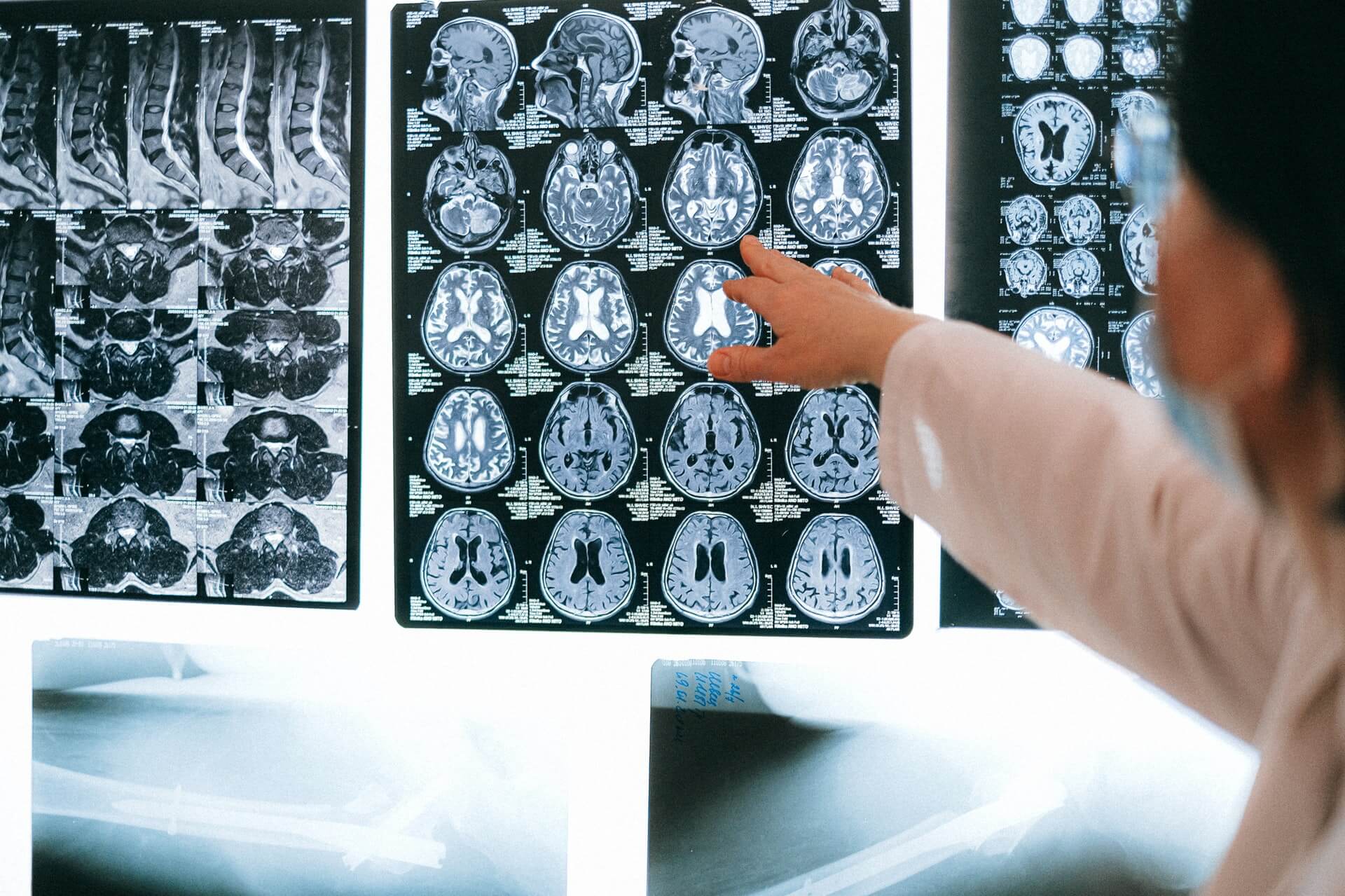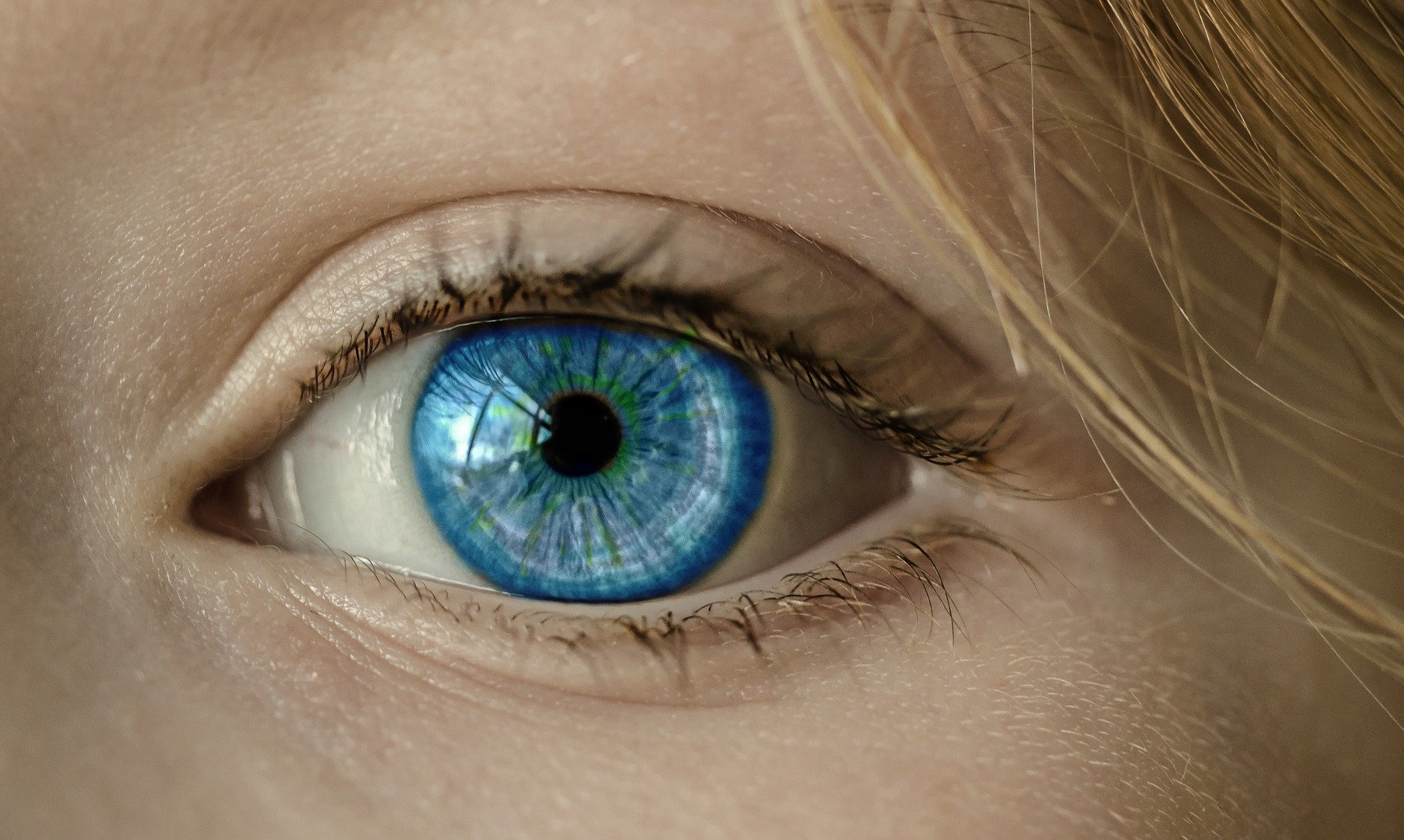
Holographic technology is helping doctors deliver better care
The National University Health System in Singapore has begun out a study and improvement program to discover using combined reality technology in clinical care. In a press statement, the healthcare institution stated a group of neurosurgeons from the National University Hospital has studied the ability of holographic technology to locate brain tumors during surgical procedures is helping doctors deliver better care.
In a proof of concept demonstration, a holographic visor was used to create a 3D hologram of a patient's brain scan that became projected into the area and superimposed onto an affected person's head during a surgical procedure. The hologram became generated the usage of a 3D medical software called Virtual Surgery Intelligence through German medical MR platform developer apoQlar. The MR technology enables surgeons to discover tumors "quickly and precisely" and realize their actual vicinity and which perspective to make an incision. Surgeons also can view the holographic image from different angles, as well as interact with and control it by gesture and speech recognition. The NUHS has already finished the primary section of the studies program. Through the program, it desired to guide the improvement of next-generation clinical packages that would "augment clinical processes", enhance patient safety and enhance each undergraduate and postgraduate education. The institution implied that the MR headset, which weighs around 500 grams, might also additionally update the existing cumbersome operation theatre device in the future and reduce exposure to radiation at some stage in approaches. Potential use instances of the holographic answer consist of stay streaming of records from picture acquisition machines and using AI and system gaining knowledge of for superior picture processing and predictive analytics. The Microsoft HoloLens 2 device that became used in the demonstration will also be used to indicate to surgical procedure sufferers the stairs in their procedure. The NUHS has mentioned a holomedicine roadmap that consists of close to and long-time period studies projects, integration with present hospital systems, approaches to onboard customers, and improving the hospital's infrastructure to guide the device. It hopes to put into effect holographic technology in all its hospitals and healthcare institutions "in the near future".
For now, the NUHS stated it nonetheless has to behavior scientific validation research and trials earlier than adopting the MR solution as a number one scientific method. The device is wanted to be registered with governing our bodies inclusive of the Health Sciences Authority. The US has already visible the software of MR technology in healthcare. For example, an OU Health health care professional in Oklahoma has used an MR tool to securely and efficaciously behavior complicated reconstructions. The device makes use of AI to visualize superimposed and anatomically aligned 3D CT test data at some stage in surgery. As early as 2019, an augmented reality idea for picture-guided minimally invasive surgical procedures became evolved through a partnership between Microsoft, the maker of the HoloLens 2, and Philips. The idea brings live imaging and different sources of critical records right into 3D holographic surroundings that may be managed through a physician. In one case, it permits surgeons to see the real world superimposed with the stay records and 3D medical imagery had to manual precision therapy.
Photo by Anna Shvets from Pexels





